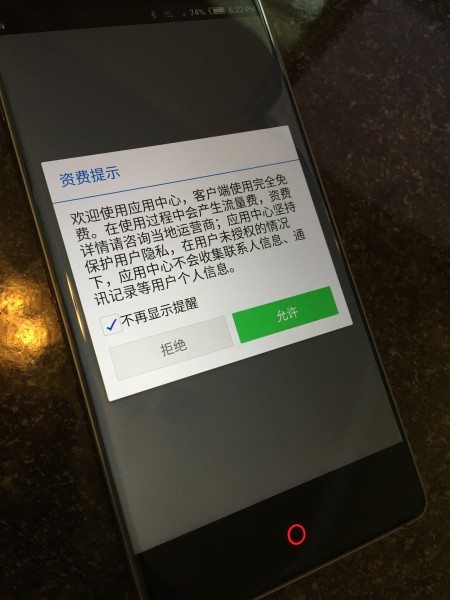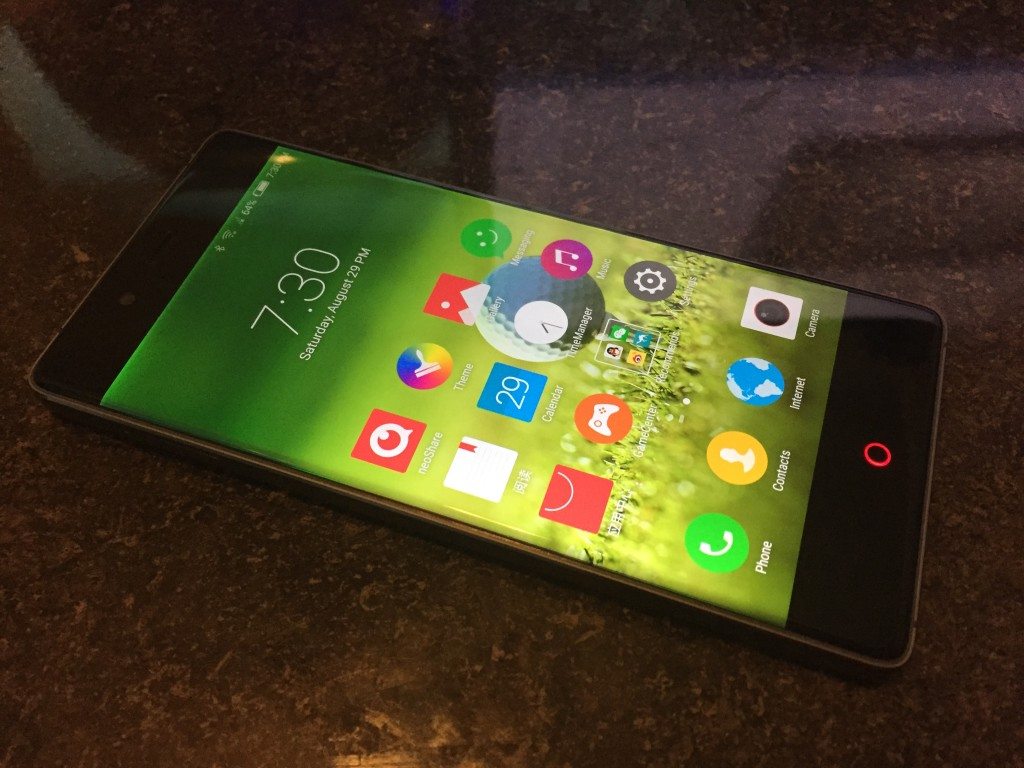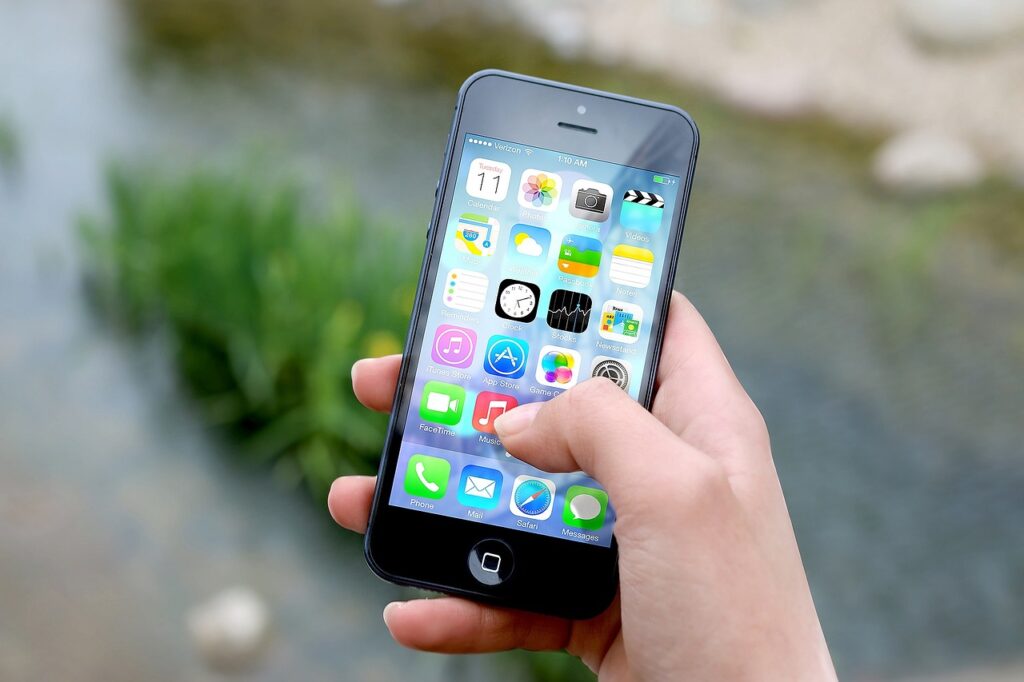Specs
The specs of the Nubia Z9 are fairly impressive. It is a flagship smartphone and it can compete—at least on paper—with devices like the iPhone 6 and Samsung Galaxy S6. The Nubia Z9 comes equipped a 2.5GHz 64-bit octa-core Qualcomm Snapdragon 810 processor, 5.2-inch 1080p display, and 3GB or 4Gb of RAM. The device runs Android 5.0 “Lollipop” out of the box and delivers LTE connectivity on the AT&T or T-Mobile networks. It has a 16-megapixel rear camera and an 8-megapixel front camera and packs a 2900mAh battery.
One thing that stands out for the Nubia Z9—and not in a good way—is the bulk. The Nubia Z9 is a thick, solid device weighing in around 7 ounces—heavier than the larger iPhone 6 Plus.
Form
Weight aside, the Nubia Z9 seems like it’s well-engineered. While it’s thicker and heavier than competing flagship smartphones it still has a quality feel. The overall form seems like what you might get if you crossed an iPhone 6 with an iPhone 4. It has the same basic construction as an iPhone 4—a rectangular slab with glass front and back and flat metal sides all around. However, it has a larger display size and more impressive internal hardware than the iPhone 4.
The display is perhaps the most impressive part of the Nubia Z9. It is bright and vivid. It works well in outdoor light and from a variety of viewing angles. At more than 400 PPI the pixel density makes it pleasant to read text on as well.
There is a headphone jack on the top along with an IR transmitter and microphone . The bottom has a microUSB syncing / charging port and dual speakers. The left is clear aside from the embedded dual-SIM slot, while the right side has volume up / down, power button, and dedicated camera button. At the bottom of the display is a glowing red circle that functions as the Home button, and there are two customizable capacitive buttons that show up simply as red dots to the left and right of the Home button.
Function
Actually using the device was a bit of a challenge. The Nubia Z9 I reviewed was not completely ready for the US market. It isn’t running software designed for the United States and it doesn’t have all of the integrated Google services you expect in an Android device like Gmail, Google Calendar, Google Maps, etc. Two of the default apps on the main homescreen are in Chinese and when you open there’s some sort of message or user agreement—also in Chinese—that seems like you’re supposed to confirm or accept terms or something. There are apps for Email, Music and Contacts on the Nubia Z9 but they’re not the ones you expect to find on a standard Android “Lollipop” smartphone.

One of the coolest things about the Nubia Z9—and one of the reasons I was excited to have a chance to play with this device—is the Edge Gestures feature. There are sensors in the sides of the smartphone and you can configure a variety of functions based simply on how you hold or touch the sides of the devices. For example, you can set it up so that when you slide your thumb up the left side it automatically opens the Messaging app, or when you slide your finger up the right side it opens the camera app. There are also configuration settings for quickly sliding your finger repeatedly on the side of the device and for simultaneously sliding your fingers down both sides of the device—handy for things like dimming the display or muting the volume. Then there are the settings for what to open or activate when you simply grip the device a certain way, or two-handed edge gestures when using the smartphone in landscape.
Verdict
Overall I like the Nubia Z9. Sure, it’s thicker and heavier than other flagship smartphones, but not so much that I couldn’t get used to it. It is solid and has a quality feel to it. The display and the camera are both impressive and the few things I could actually do with the device make it seem like the performance would be pretty awesome if it were running a US version of Android with all of the expected Google integrations.
The Nubia Z9 is expected to be available in the United States soon. The Nubia Z9 Classis will cost $564, and then the price goes up for the Elite ($645) and Exclusive ($725) models. Those are definitely flagship smartphone prices and put the Nubia Z9 head-to-head with Samsung and Apple—a tough market to play in.
- AI Voice Clones and Mobile Phishing: The Cyber Threats You’re Not Ready For - July 11, 2025
- Rethinking Cloud Security for the Evolving Threat Landscape - July 11, 2025
- Why Data Security Is the Real AI Risk - June 30, 2025




Tony, does the z9 also work on the usa network of at&t or t-mobile ? because im not sure if the network bands are good for the 4g LTE in the usa. Can you confirm it to me ?